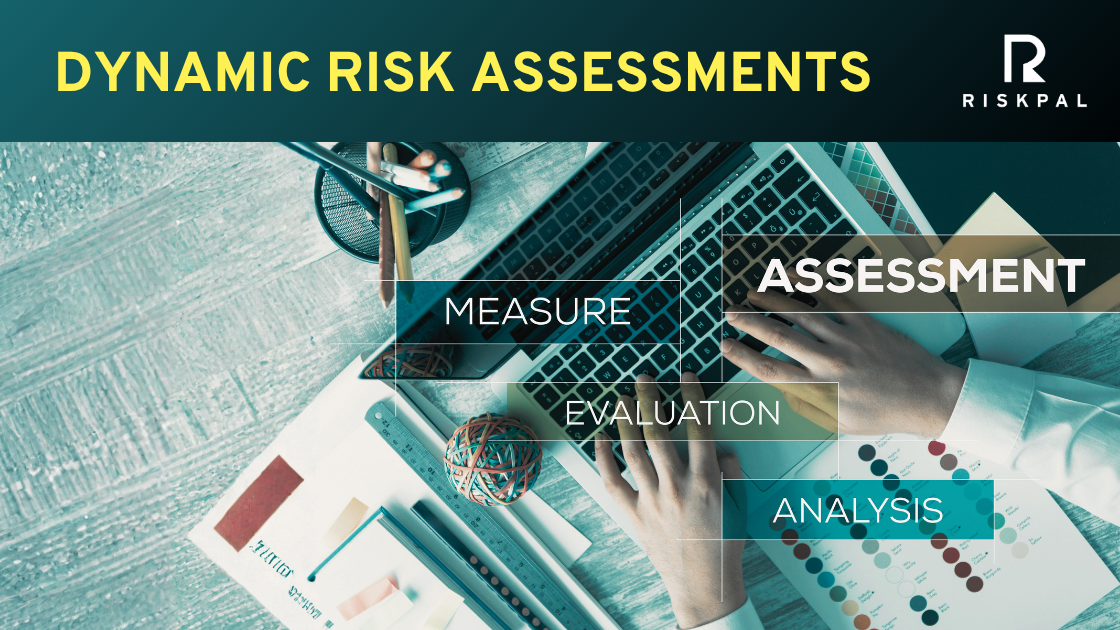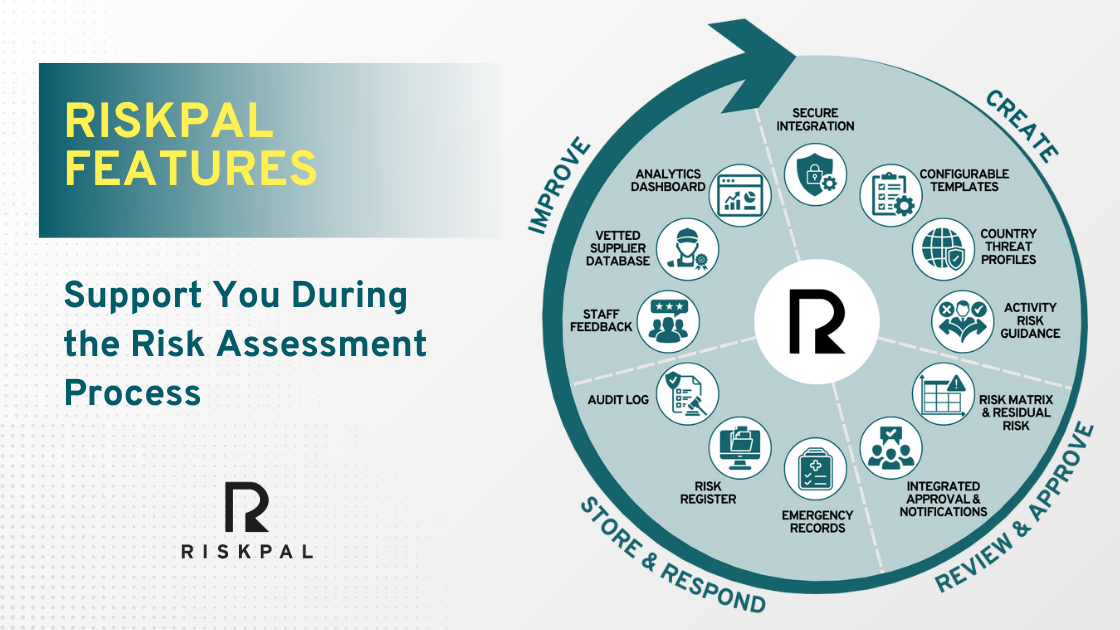Martyn’s Law
The Terrorism (Protection of Premises) draft bill, commonly known as Martyn’s Law, is undergoing pre-legislative review by the Home Affairs Select Committee.
What is Martyn’s Law?
Martyn’s Law followed the terrorist attack on the Manchester Arena in May 2017 that killed 22 people. It intends to improve protections for public spaces and preparedness in the event of a terrorist incident. The introduction of legislation to protect public spaces aims to address inconsistencies in terrorism prevention measures among venues in the UK. It follows the findings of a public enquiry led by Chairman John Saunders and public consultation in 2021.
Although still only in draft format and subject to future amendment, Martyn’s Law defines obligations on two tiers of venue, based on capacity:
The legislative proposals require venues to register with a regulatory body, which will have the power to issue financial penalties for non-compliance. The maximum fine for a standard tier venue will be £10,000 and for an enhanced venue, £18 million or 5% of global revenue (whichever is higher).

Risk Assessment & Preparations
Protect UK puts risk assessment front and centre of preparations for identifying and managing terrorist threats and adds “having a system in place will be an important factor in any formal investigation such as an inquest, inquiry, civil claim or criminal prosecution.”
Outlined in the BowTie risk management model, the Protect UK guidance identifies four pillars to consider in a risk assessment: Physical measures, Active measures, Response and Intervention. Definitions and details of all components can be found on their website.
Another important consideration for venues is that risk assessments must be dynamic, especially for enhanced tier locations that will host multiple different events. The draft legislation has not stipulated the frequency of review of risk assessments but, as a minimum, they should be expected to be updated reflecting variations in the UK terrorism threat assessment level (which is currently evaluated as substantial).

Challenges & Questions
The draft is under review before formal introduction to the House of Commons for further scrutiny and, ultimately, approval, which can be expected in the next 12 months. The Select Committee evaluation will no doubt raise a number of important questions, which will need further clarification before becoming law. These include:



